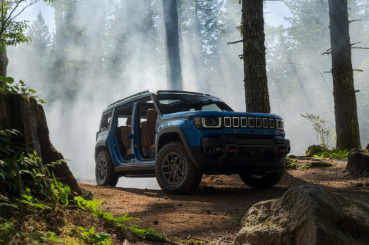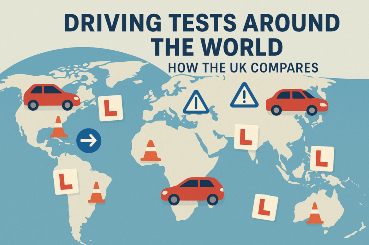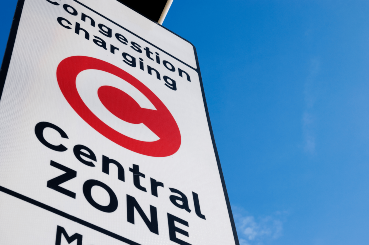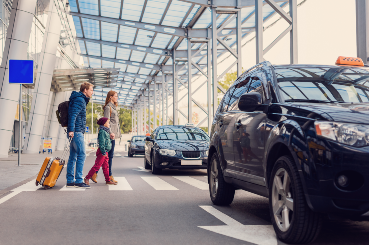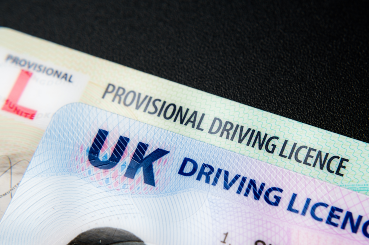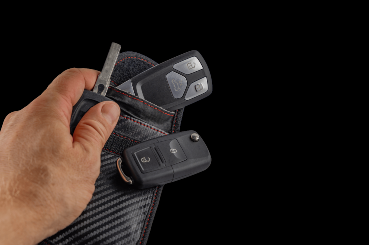Cars come in all shapes and sizes, designed to suit different needs and lifestyles. Yet one practical feature often sways our buying decisions more than we realise: car boot space.
This unassuming storage area transforms your car from a simple mode of transport into a trusted partner for everyday errands, spontaneous getaways, and big life moments.
Whether you’re planning the weekly shop, packing for a family holiday, or transferring tools for a DIY project, understanding your car’s boot space can make all the difference.
In this guide, we’ll walk you through everything you need to know, from boot sizes and layouts to smart organisation tips that will help you get the most out of every journey.
How Is Boot Space Measured?
Manufacturers provide measurements of boot volume (in litres) to help customers compare models more easily.
In the UK, manufacturers usually measure boot space by volume using the VDA method. They fill the boot with small 1-litre blocks and count how many fit inside.
Some use a “maximum capacity” method, filling the boot with beads or liquid to fill every nook and cranny. This often results in a higher figure, showing the boot’s absolute limits.
Others use computer software to calculate boot space. This can uncover some creative ways to use space, even if these spots are best suited for smaller or less-used items.
Understanding Boot Sizes
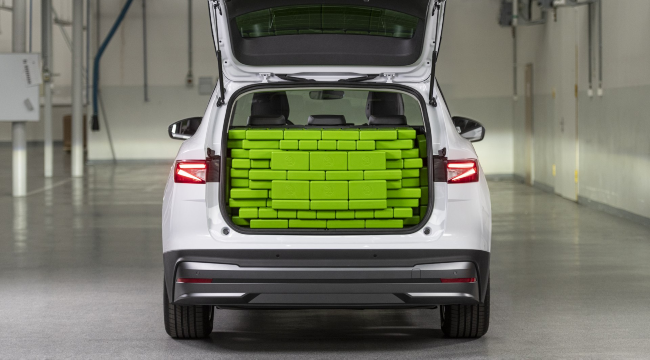
Boot size varies depending on the type of car. For example:
Hatchbacks: Typically, these provide between 250 and 350 litres. The Kia Picanto holds up to 255 litres of boot space, making it perfect for storing everyday essentials.
SUVs: These larger cars provide between 350 and 550 litres. The Nissan Juke holds over 400 litres with the rear seats up, offering a good balance of style and practicality.
Estates: Often, these vehicles hold between 500 and 600 litres. The Volvo V60 holds over 500 litres, offering ample room for pets, camping gear and sports equipment.
While these numbers are a useful guide, boot shape matters just as much as size. A well-designed 400-litre boot can be far more practical than a poorly laid-out 500-litre one, especially when loading awkward or bulky items.
The Flexibility of Folding Seats
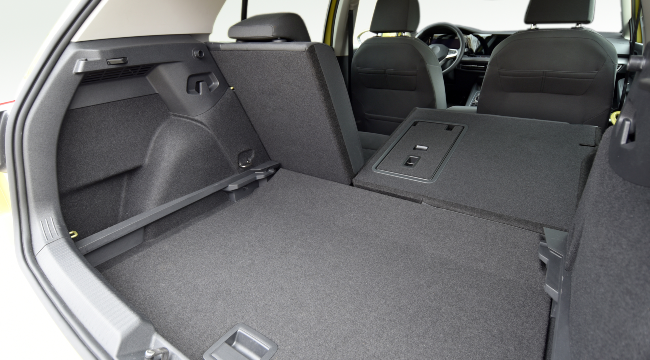
Modern cars maximise boot space with folding seat configurations. These include:
60/40 split seats: The rear bench splits into two parts, 60% and 40% of the seat width, letting you fold down one or both sides to carry items while still seating passengers.
40/20/40 split seats: The bench splits into three sections, allowing even more flexibility.
Ski hatch: Some 40/20/40 seats include a narrow pass-through in the middle, designed for carrying longer items without folding seats or losing much passenger space.
You usually fold seats by pulling a lever or pressing a button on the seatback or from the boot, creating a flat loading floor. This feature makes family cars much more versatile for larger or awkward loads.
The Importance of Boot Floor Design
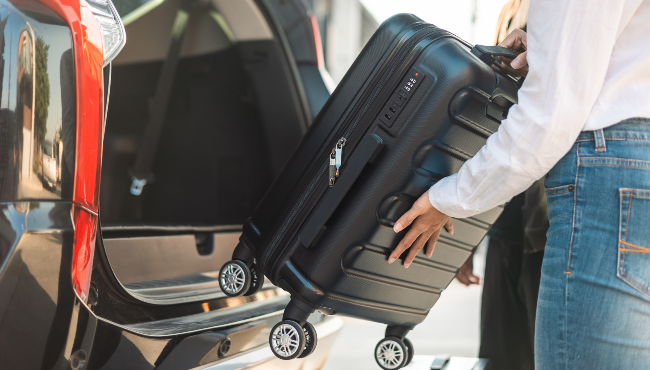
Boot floor design plays a big role in ease of loading. The load lip, the edge at the boot opening, can make lifting heavy or bulky items either easier or a struggle.
Older cars often had high load lips and steps inside the boot, which made loading tricky.
Today’s models usually have low load lips and flat floors, allowing you to slide heavy items in and out with less effort. Many cars also feature height-adjustable boot floors, creating a smooth, flat surface from the boot opening all the way inside.
Beneath the main boot floor, you’ll often find hidden storage for spare wheels, jump leads or tyre pressure monitors. In electric cars, there is space under the bonnet, known as a frunk, commonly used to stow charging cables neatly out of the way.
Boot Accessories for Better Organisation
Even the most spacious boot benefits from good organisation. Collapsible boot organisers create compartments to keep items secure and stop them sliding around during cornering.
Cargo nets and hooks help secure lighter items and create extra storage zones, perfect for families carrying shopping, sports kit or everyday essentials.
Pet owners often add dog grids, cages or tethers to keep pets safe and contained in the boot area, protecting passengers and preventing distractions while driving.
Boot liners protect the interior from mud, spills and wear, making clean-up easy. They are especially useful for outdoor gear, pets or weekly shopping.
Boot accessories make the space more practical, helping you keep everything in place and ideal for busy families on the go.
The Convenience of Electric Tailgates
Many family cars now feature electric tailgates, which open and close automatically, making loading shopping or luggage easier when your hands are full.
Some systems work hands-free, responding to a gentle kick under the rear bumper if the key fob is nearby. This comes in handy when you’re carrying shopping or holding children.
This feature might seem like a luxury, but for families who load and unload regularly, it quickly becomes a valuable convenience.
Tips for Organising Your Car Boot
Packing the car can be stressful, and according to research by Dacia, nearly one in five people say it’s more stressful than the journey itself.
Almost one in ten admit to forcing the boot shut just to fit everything in. Try these proven strategies to make packing easier:
✅ Create a checklist: One in four Brits forget essentials like phone chargers, sun cream, or swimwear. Categorise items and pack strategically by priority and frequency of use.
✅ Place heavy items first: Start with heavy items close to the rear seats, and lighter ones nearer to the tailgate. This improves weight distribution and vehicle handling.
✅ Pack sideways: Don’t stack suitcases. Pack sideways so you can slide out specific ones without dislodging others. Use soft bags to fill the gaps for better stability.
✅ Maximise every space: Remove the parcel shelf for extra height, use the space under the boot floor, and don’t forget your door pockets and seat-back storage.
✅ Secure your load: Use quality boot organisers and crates to keep items from sliding. Use tie-down points when available.
✅ Pack for easy access: Keep essentials like umbrellas, torches, and first-aid kits near the top or tailgate for quick retrieval.
✅ Consider family needs: Keep pushchairs and changing bags handy. Bring snacks for the journey and include a small bin bag for rubbish to help keep the car tidy.
The Future of Car Boot Organisation
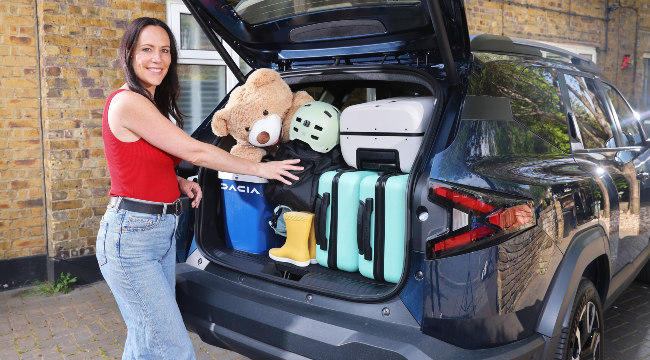
Digital technology is transforming the way we pack. Dacia is at the forefront with an Augmented Reality (AR) Boot Organiser tool, available for Apple and Android devices.
This lets you virtually load items like camping gear or suitcases, showing visual layouts that optimise space before you pack, along with custom items for personalised plans.
The AR Boot Organiser is part of a digital ecosystem. There’s also a ‘Travel Companion’ feature that monitors driver fatigue on long trips, for safety and convenience.
With these innovations, car boot organisation will become smarter, more practical, and tailored to your lifestyle. You can spend less time packing and more time on the move!



